Hammertoes and Foot Pain
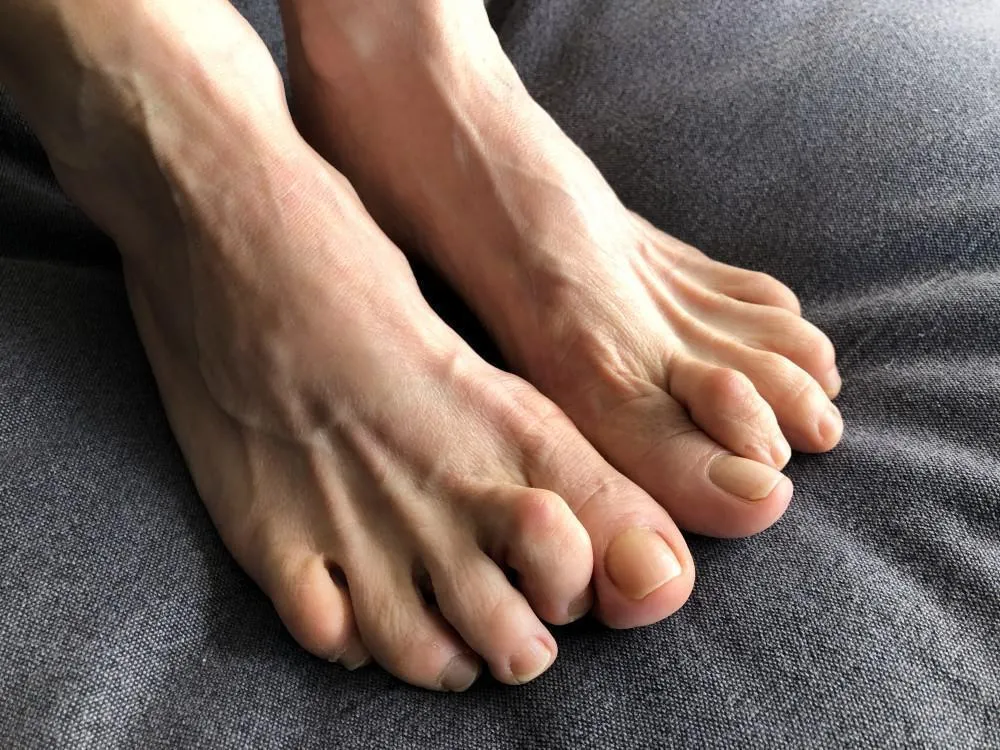
Hammertoes pose a significant health risk for those with poor circulation or are diabetics. Read on to learn more about foot pain and hammertoes and your treatment options.
Running and Varicose Veins
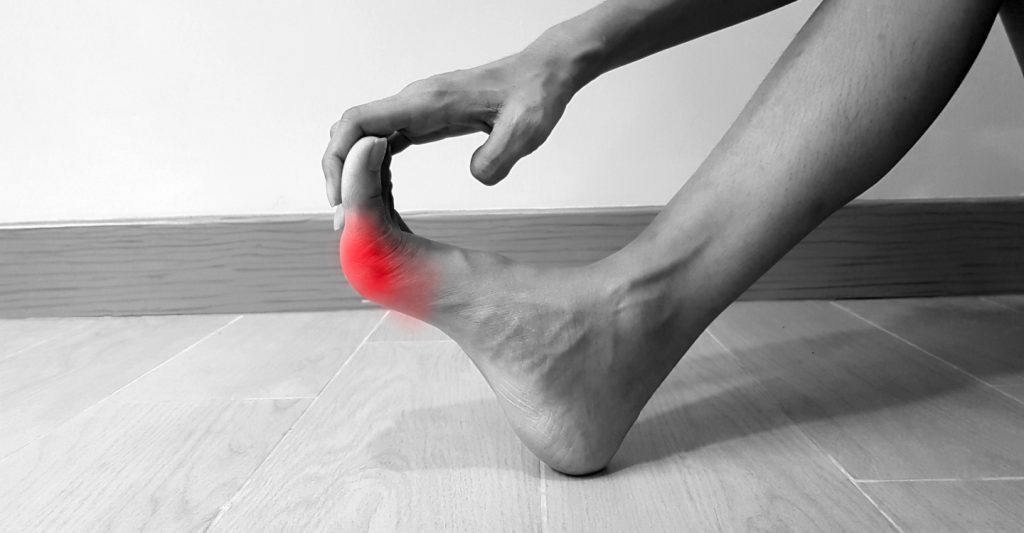
Running can help reduce the appearance of varicose veins. However, high-impact exercises like running come with their own risks. Here’s how to mitigate the risks of running:
Leg Vein Disease Treatment

Self-care measures such as wearing a compression hose, sunscreen, and staying active can help prevent a leg vein disease such as varicose veins. Read on to learn more!
Caring for Your Feet

Nurturing your feet, wearing proper shoes, and staying off hard surfaces while barefoot are some of the ways to care for your feet. Read on to learn more!
Staying Young at Foot
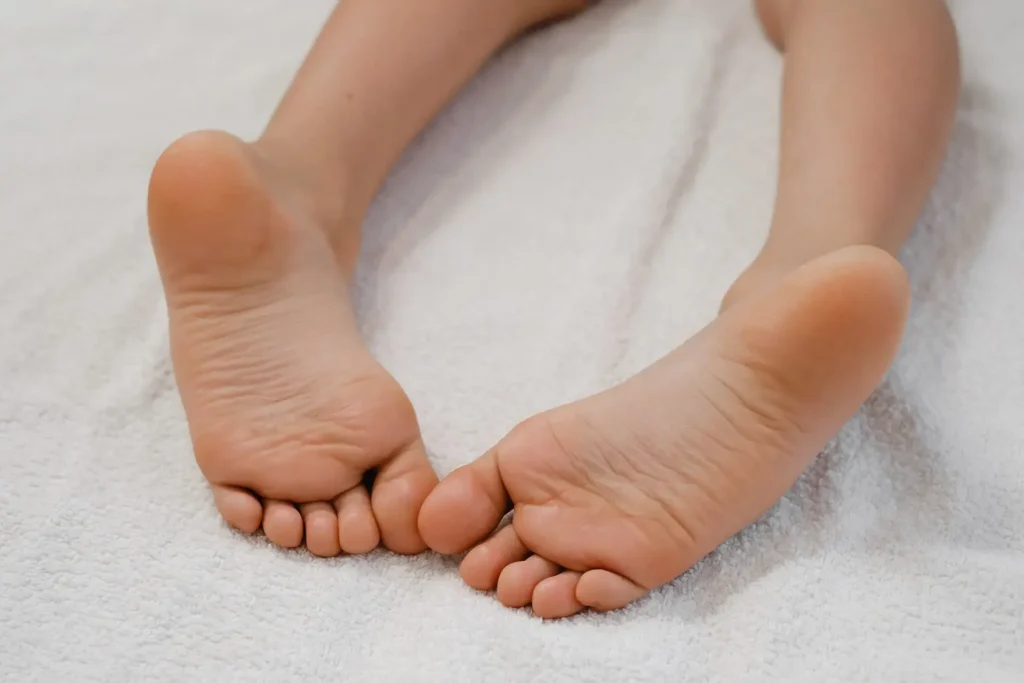
Fat pad deterioration is one of the few ways your feet will change as you age. Here’s how to maintain healthy and happy feet as you get older:
Exercises to Ease Foot Pain

Toe points, heel raises, and golf ball massage exercises can help you relieve foot and ankle pain. Read on for how you can benefit from these simple exercises.
Vein Treatment for Legs

Laser therapy, vein surgery, and sclerotherapy are the leading treatment options for vein conditions. Here’s how these treatments can help eliminate the appearance of varicose veins.
Exercising Again after Plantar Fasciitis
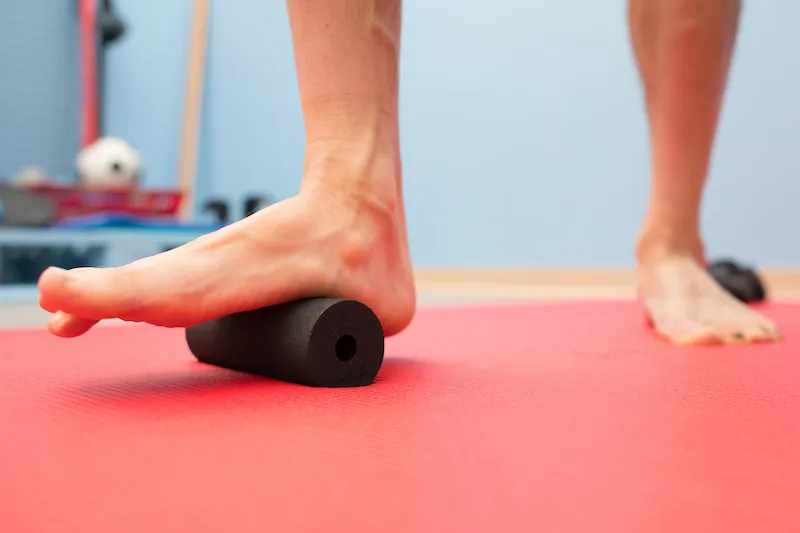
Knowing when and how to exercise after plantar fasciitis can help you rebound quickly. Here’s how to start exercising again after plantar fasciitis treatment:
Myths about Spider and Varicose Veins

Myths and misconceptions about spider veins and varicose veins are just as common as the problems themselves. Here are some of the most common misconceptions about spider veins and varicose veins.
Varicose Vein Complications
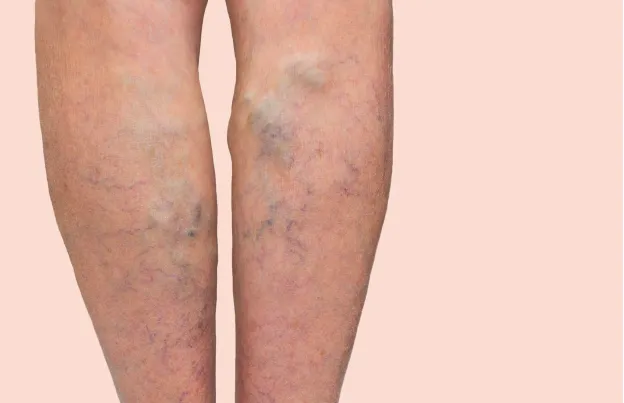
Potential symptoms and complications of varicose veins include ulcers, blood clots, and bleeding. Here’s how to prevent and treat these vein diseases.